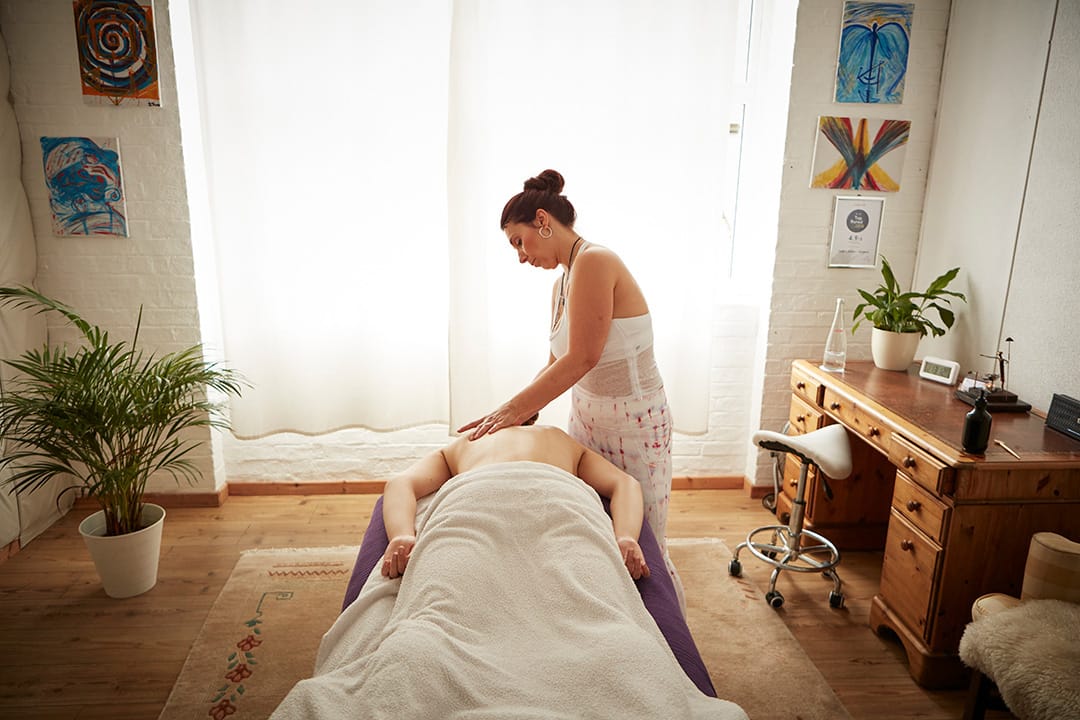
What is a Swedish Massage?
The term “Swedish Massage” refers to a variety of techniques specifically designed to relax muscles by applying pressure to them against deeper muscles and bones, and rubbing in the same direction as the flow of blood returning to the heart.
Swedish massage uses five styles of long, flowing strokes to massage. The five basic strokes are effleurage (sliding or gliding), petrissage (kneading), tapotement (rhythmic tapping), friction (cross fiber) and vibration/shaking.
Purpose of Swedish Massage
The main purpose of Swedish massage is to increase the oxygen flow in the blood and release toxins from the muscles. Swedish massage shortens recovery time from muscular strain by flushing the tissues of lactic acid, uric acid, and other metabolic wastes.
Swedish massage is considered to be good for:
- easing muscular strain by flushing out toxins
- improving circulation by increasing oxygen flow in the blood
- helping to keep ligaments and tendons supple
- stimulating the nervous system
- reducing emotional and physical stress.
Benefits of Swedish Massage
Swedish massage feels good, is relaxing and invigorating. It affects the nerves, muscles, glands, and circulation, while promoting health and well being.
Swedish massage uses softer strokes on the bonier and more delicate parts of the body, and stronger strokes where there is thicker muscle coverage. This sensitivity to pressure makes it ideal for relaxation.
Swedish massage has also been shown to be helpful in reducing pain, joint stiffness, and improving function in patients with osteoarthritis of the knee over a period of eight weeks. It also has many specific medical uses.
The development of Swedish massage is credited to Per Henrik Ling, though the Dutch practitioner Johan Georg Mezger adopted the French names to denote the basic strokes. The term “Swedish” massage is not really known in the country of Sweden, where it is called “classic massage”
